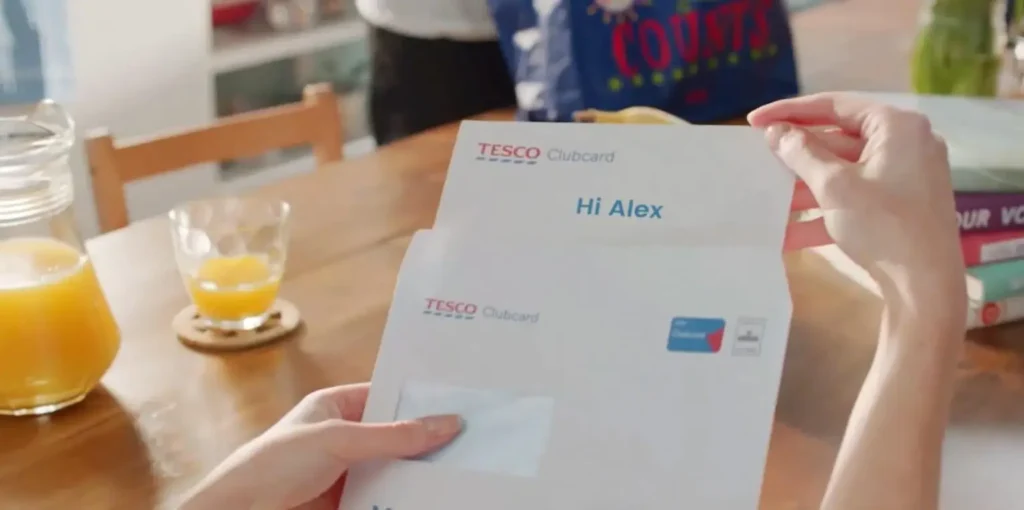It’s common to hear people espousing the importance of customer engagement, but is engagement really that crucial to a business’s success? And how does one go about solving potential (or current) customer engagement challenges?
To answer the first question: Yes. Absolutely. 100%. Engagement is massively important. Better engagement means increased loyalty, higher retention and a lower churn rate. You can read all about the 4 primary benefits of customer retention, but here are some impressive highlights pertaining specifically to engagement and loyalty:
- Gallup found that fully engaged customers spend 23% more than the average customer. This varies from 37% more for retail banking to 46% more in hospitality.
- In the U.S., 40% of all revenue comes from only 8% of all visitors. That 8%? Returning or repeat customers!
- Customers who are engaged with a brand participate in word-of-mouth marketing, meaning they’re likely to refer friends and family. In fact, 59% of loyal customers are more than willing to refer a brand to friends and family.
- 57% of consumers spend more on brands or providers to which they are engaged with and loyal to.
- Engaged and loyal customers forgive mistakes, ride out business changes (like cost increases and policy adjustments) and are more likely to show interest in new products and services.
The downside comes when brands learn that engagement isn’t an automatic occurrence. Brand awareness and one-time interactions don’t necessarily indicate a future of sustained engagement.
While there’s no silver bullet for hacking engagement — in the end, customers will independently define which facets of your brand resonate with them — you can strategically encourage awareness and make it as easy as possible for someone to engage.
Actively and repeatedly engaging a customer for the long term means understanding what types of content they like to receive and how they like to receive it, then delivering your message in a way that’s most in line with their preferences. Continue reading to discover some useful customer engagement solutions.
What Customers Want
The answer isn’t anything new or mind-blowing. In truth, people want what they’ve always wanted — to be recognized as unique individuals, to get quick and accurate answers to their questions, to receive relevant product and service suggestions and for businesses to show gratitude for their patronage.
Until recently, this type of customer service was easily delivered in brick-and-mortar storefronts on Main Street. Shopping experiences were rooted in 1:1 human interactions where personalization was standard. Someone knew your name, roughly where you lived, what you were looking for and could make educated suggestions and give intelligent feedback based on this information. The entire process was data-based and geared towards delivering a satisfactory outcome for the specific customer.
Fast forward to today and ecommerce is the new norm. Chances are you’ve made at least one purchase on Amazon in your lifetime, but do you know the name or recognize the face of anyone who works for the company? How is it that a company with a staggeringly minimal human presence still manages to consistently engage people and grow a loyal customer base?
The Era of Data-Driven Personalization
Put simply, Amazon understands the power of personalization. The retail giant leverages customer data, just as a sales associate in a physical store would, and uses that data to deliver a personalized web experience. Personalized experiences are engaging because the content customers see is directly relevant to their unique relationship with a brand.
In the case of Amazon, they recognize items customers have previously bought and make educated suggestions for future buys. What’s more, Amazon showcases user reviews of products and makes it easy for shoppers to ask questions of retailers and other customers.
It’s a move to humanize the online experience, and it’s an incredibly smart approach seeing as 91% of consumers are more likely to shop with brands who recognize, remember and provide relevant offers and recommendations.
As an example, check out how Celebrity Cruises incorporated personalization in this offer.
Not only did the brand address their customer by name, but it recognized their status as an Elite Plus Member and remembered their last trip! All of that came together to create a relevant offer that was much more engaging than a generic promotion.
Engage Customers With Personalized Digital Communications
Smart brands personalize their customer’s experiences because they recognize that everyone likes to be communicated with on an individual level. One size doesn’t always fit all. Even more, 74% of customers feel frustrated when website content is not personalized, and frustrated customers don’t make for particularly engaged customers.
Thankfully, people are willing to work with brands to help them deliver personalized content.
- 63% of millennials and 58% of Generation X consumers say they would share personal information with brands in exchange for targeted promotions, offers, services and product suggestions.
- Gen Z takes that to another level, with 41% envisioning a personalized future where digital sites and apps could predict what you need at all times and provide that to you.
The bottom line is, when people can count on seeing content that directly appeals to their preferences and interests, it’s easier for them to become fully and sustainably engaged customers.
The question then becomes, what’s the best vehicle for delivering personalized communication?
Data shows that video is by far the most effective medium for conveying information that people engage with and remember. Human beings process visual information more efficiently than text, with visuals being found to improve learning by up to 400%. When both audio and visual senses are stimulated, as is the case with video content, the rate of recall jumps to 65%.
That advantage can be leveraged by companies of all kinds, with brands across industries using Personalized Video to see results like:
- 9x higher conversion (in banking)
- 10x higher engagement (in gaming)
- 8x increase in click-through rate (in hospitality)
- 12% increase in donations (in nonprofits)
Data-driven video has been especially effective at boosting customer engagement in insurance, an important goal since engaged customers have been found to purchase 22% more insurance products and stay customers 4 years longer. It all goes back to what we’ve been saying — an engaged customer is a more valuable customer.
Through video messages designed with the individual in mind, like the sales campaign by KBC below, brands have been able to connect with and engage customers on a more personal level.
To learn more about the effectiveness of video and its impact on not just engagement but also ROI, you might be interested in our blog about data-driven video marketing.
To find out more about Idomoo’s easy-to-use Personalized Video platform and how we can help you reach your customers and drive action, get in touch.






